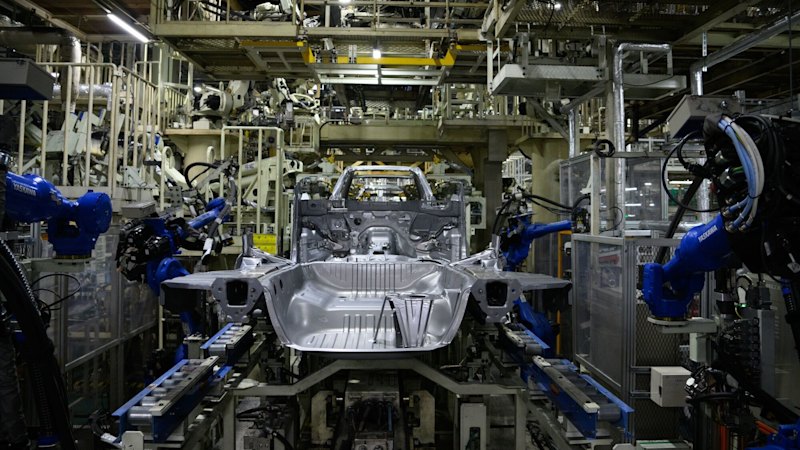
Japan’s economy has contracted for the first time in over a year, shrinking by 1.8% during the July to September quarter. This decline marks the first year-on-year drop in growth in six quarters, largely attributed to tariffs imposed by the Trump administration that have significantly impacted Japan’s exports.
During this period, Japanese exports fell by 1.2%, particularly in sectors vulnerable to increased US duties. In July, Japan reached a trade agreement with the United States, pledging to invest $550 billion in the US economy in exchange for a 15% blanket tariff on its exports. While this rate is lower than initially threatened, it remains damaging to Japanese industries.
“Fifteen percent is better than expected, but this is going to hurt regardless,” said Stefan Angrick, a senior economist at Moody’s Analytics in Tokyo.
The momentum in Japanese exports, which had been bolstered by companies front-loading purchases to avoid higher tariffs, is now diminishing. Angrick noted that this economic contraction highlights the broader disruptions caused by President Trump’s trade policies on the global economy, affecting various trading partners, including Japan.
As Japanese auto manufacturers face intensified competition and shifting market dynamics, the US market has been one of the few reliable destinations for high-value exports such as Toyota vehicles and automotive components. Angrick remarked, “That’s not the case anymore,” indicating a significant shift in Japan’s export landscape.
Domestic firms, particularly those in the automotive sector, are now adopting cost-saving measures. Angrick warned that weaker exports could lead to a ripple effect throughout the economy, potentially resulting in slower job creation, reduced investment, and modest wage growth. “For Japan, it’s kind of hard to see a way out of this,” he added.
Challenges in Domestic Consumption and Government Response
Another factor contributing to Japan’s economic slowdown is stagnant private consumption, which remained virtually flat in the July to September quarter, increasing by just 0.1% from the previous year. This stagnation is exacerbated by persistently high prices for essential goods such as food and energy.
In response to these economic challenges, Japan’s government, under its new prime minister, is drafting a supplemental budget aimed at stimulating growth. This budget is expected to be presented to Japan’s parliament before the end of the year and will include measures to support households facing rising living costs, as well as investments in key growth sectors such as artificial intelligence, semiconductors, and shipbuilding.
Looking ahead, Angrick suggested that trade metrics might improve as the distortion caused by front-loading exports subsides. However, economists remain concerned about the long-term effects of sustained US tariffs on Japan’s growth trajectory.
Signs of fragility in the Japanese economy may also hinder the Bank of Japan from raising interest rates above the current level of 0.5%. Initial expectations for a rate increase this year have diminished significantly.
Even with the planned government spending, Takahide Kiuchi, executive economist at Nomura Research Institute, stated that the ongoing weakness in private consumption and persistent export risks suggest that “the sluggish state of the Japanese economy is unlikely to change.”






